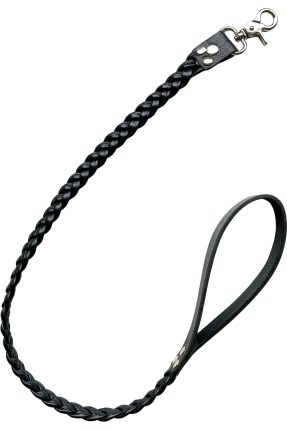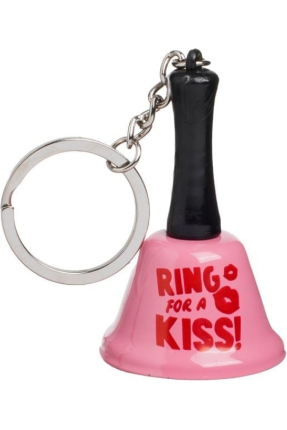Using carabiners in Shibari suspension scenes offers various advantages in terms of safety, practicality, and managing physical loads. Here are the reasons for using carabiners in this context and their relation to physical principles:
Safety and Durability
Carabiners are made of high-strength metal and are designed to carry heavy loads. In suspension, it’s essential to reliably secure the ropes that bear the body’s weight. Carabiners are ideal tools for safely carrying this load.
Convenience and Speed
When choosing a carabiner, it’s essential to select ones that can be opened and closed quickly and easily. This speeds up transitions and reduces time during suspension scenes. In an emergency, carabiners are easier to undo than ropes and knots.
Load Distribution and Weight Management
Carabiners help distribute the load more effectively. In suspension, ropes and knots are stretched at multiple points, and each of these points can be connected with a carabiner, allowing for even load distribution. This increases the safety of both the person being tied and the person doing the tying.
Lever Principle
Carabiners allow ropes to be tied at a specific angle, creating an effect similar to the lever principle. This helps carry the load more efficiently and can reduce the tension at the tying points of the ropes. Using leverage allows a small force to move a large load, and carabiner use supports this principle.
Movement and Flexibility
Carabiners allow the ropes to move more freely. This can increase the comfort of the person moving during suspension and prevent the ropes from becoming improperly pinched. It also contributes to less rope wear and safer knots.
Physical Principles and Carabiner Use
Weight Reduction
Using carabiners allows for part of the weight at the tying point to be distributed in different directions. This prevents excessive load accumulation at a single point on the ropes and provides more balanced load distribution.
Load Reduction
Carabiners help spread the load over a wider area. When a rope is tied directly to a point, that point is under significant tension. Using carabiners reduces this tension, extending the life of the ropes and knots.
Using carabiners in suspension scenes offers many advantages in terms of safety, practicality, and managing physical loads. This increases the safety of the person being tied and makes the task easier for the person tying. So, how should you choose the right carabiner?

Choosing the Right Carabiner
The strength of carabiners used in Shibari suspension scenes is crucial for safe practice. Carabiners and other safety-bearing elements are sold with their force and strength ratings specified in kN (kilonewtons). Below are the factors to consider when choosing carabiners and the recommended strength values, along with the meaning of kN.
What is kN (Kilonewton)?
- kN: Short for kilonewton. 1 kN equals 1000 Newtons.
- Newton (N): A unit of force. 1 N is the force required to accelerate a 1-kilogram mass by 1 m/s².
- In practice: 1 kN approximately represents a force of 100 kg.
Carabiner Strength and Recommendations
Carabiners used in Shibari suspensions need to have high strength because they must safely carry the human body’s weight. Based on calculations for a 60 kg load, we can make recommendations considering the required force and safety margin.
Calculation and Safety Margin
- Load (W): 60 kg
- Force (F): 60 kg * 9.8 m/s² = 588 N
- Force on each rope (using carabiner distribution): 588 N / 2 = 294 N (30 kg) Based on these basic calculations, each rope will bear a force of 294 N. However, for safety, a safety margin of at least 10 times this value is typically used.
- Safety Factor: 10
- Recommended Minimum Force (Fmin): 294 N * 10 = 2940 N (approximately 3 kN)
Recommended Carabiner Strength
Carabiners are usually selected according to higher strength standards:
- Minimum Strength: At least 10 kN.
- Recommended Strength: 22 kN or more. These values ensure the safety of carabiners during dynamic loading (sudden movements, falls, etc.).
Why 10 kN and Above?
- Dynamic Loads: Sudden movements and load changes in the ropes can create forces much greater than the static load.
- Wear and Tear: Consider potential wear and tear during use.
- Multiple Uses: When working with multiple tying points and ropes, load distribution among carabiners and the different angles of applied forces.
The recommended minimum strength for carabiners used in suspension scenes is 10 kN, ideally 22 kN or more. This is necessary to ensure safety and account for possible dynamic loads.




